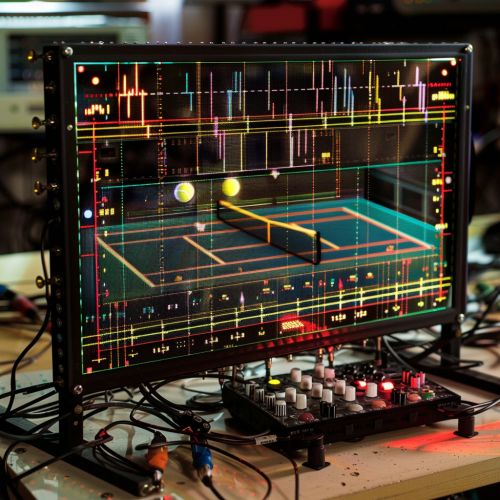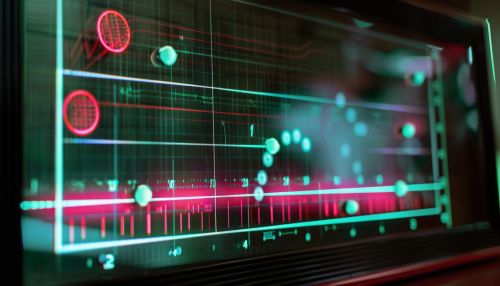Tennis for Two
History
"Tennis for Two" is often considered one of the earliest video games in history. Developed in 1958 by physicist William Higinbotham, it was a simple game designed to entertain visitors at the Brookhaven National Laboratory. The game was a basic simulation of tennis, with players using an oscilloscope to view the game and controllers to manipulate the trajectory of the ball.


Gameplay
"Tennis for Two" was a two-player game that simulated a game of tennis. Each player used a controller with a knob and a button; the knob controlled the angle of the shot, while the button hit the ball. The game was displayed on an oscilloscope, with the ball being a dot that bounced back and forth between the two players.
Development
The development of "Tennis for Two" was a significant milestone in the history of video games. Higinbotham, who had previously worked on the development of the atomic bomb as part of the Manhattan Project, designed the game to entertain visitors at the Brookhaven National Laboratory's annual public exhibition. He was inspired by the capabilities of the lab's Donner Model 30 analog computer and decided to create a game that would demonstrate these capabilities to the public.
Impact and Legacy
Although "Tennis for Two" was not commercially produced or widely available, it had a significant impact on the development of video games. It demonstrated that computers could be used for entertainment purposes, not just for scientific calculations. The game is often compared to the later and more well-known game "Pong", which was also a simple tennis simulation.
